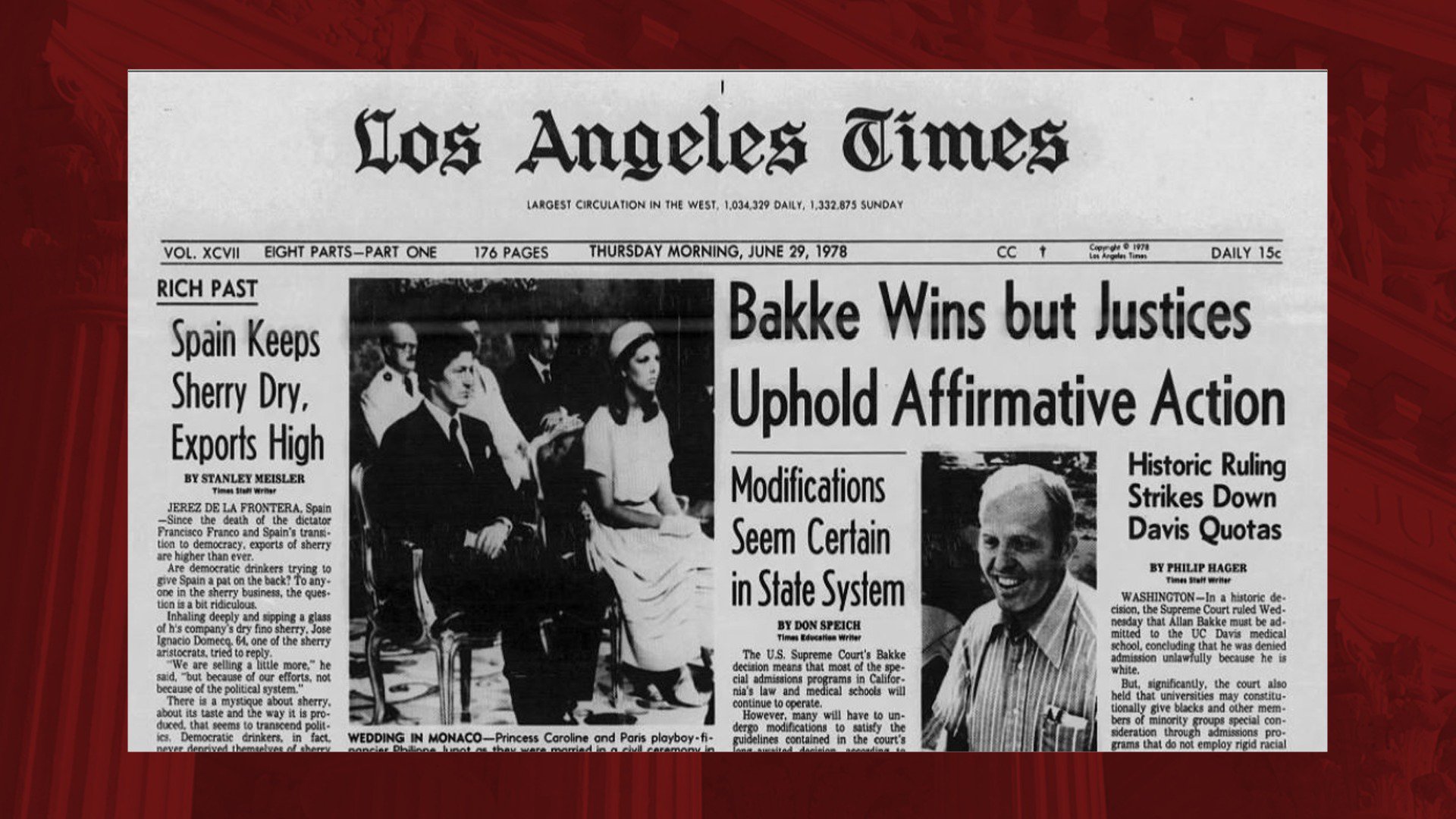Today, the two sides of slavery were presented. Major events on the acts of pro-slavery and anti-slavery were discussed in which revealed the details of some key events that has occurred in the past of our nation.
Some of the pro-slavery acts and events that were shared were the Fugutive Slave Act of 1850, Bleeding Kansas in 1854, The Nullification Crisis of 1832, The Secession of South Carolina in 1860, and the Fight on Fort Sumter in 1861.
The Fugitive Slave Act was part of the Compromise of 1850, and stated that slaves had to be returned to their owners even if they had gone over into a "free" state. This act was met with much resistance and took a whole fourteen years for its repeal. Bleeding Kansas led to the passing of the Kansas-Nebraska Act; this Act created the territory of Kansas and Nebraska, and gave the states their own power to decide whether or not they wanted slavery through a process known as popular sovereignty. The Nullification Crisis of 1832 really tested the federal authority, such tariffs passed often favored the North, harming the South.
The Secession of South Carolina in 1860 marked the first Southern state to secede from the Union. Following the election of President Abraham Lincoln, the state unanimously decided to withdraw. This event created a rippling effect among the Southern states as it caused the rest to follow suit. This event right here was seen as the largest pivot point within the beginning of the Civil War.And finally the fight on Fort Sumter in 1961 marked the opening conflict of the Civil War. While the capture was crucial for the Union, the Confederates ultimately came away with the victory which gave them the confidence to be able to solidify their movement of independence.
On the other hand, there were many anti-slavery events that occurred during the same time periods. One of these major things was the Underground Railroad, which symbolized the resistance of slavery in the United States. Over 100,000 people were able to escape slavery thorugh this network of safe houses and routes that led slaves in the South to free land in the North.
Additionally, two major abolitionists of the time, Frederick Douglas and William Lloyd Garrison released newspapers entitled, The North Star and The Liberator. The North Star was used more as a platform to share Douglas' experiences, encouraging and giving hope to those in similar situations. The Liberator mainly focused on human rights as a whole and provided a platform for abolitionist ideas.
Amistad was another event in which had 53 slaves captured and held in captivity on a ship, and in the end, only 35 survived. What's important here is that some slaves chose to uprise against the masters, even though there was limited space and already bad conditions. Some other uprisings and rebellions that have occurred is Nat Turner's Rebellion and the Haitian Revolution.The American Anti-Slavery Society was formed in December of 1833 and marked the 1st national organization of its kind. The Society encountered a significant amount of violence, being attacked by white mobs, and while it dissolved by 1870, the society layed down the groundwork for future Civil Rights Movements.
Some important legislative achievements that were mentioned was the British Abolition of the Slave Trade Act in 1807, and a year later, the U.S. released an act in which finally prohibited the importation of slaves in America.
Overall, I feel like I was able to learn a lot about our country's past with both anti-slavery and pro-slavery events and actions. While I had already heard of some of these things, it was nice to hear about the more in-depth research that my other classmates had focused on, as I was definitely able to learn some new by the end of this EOTO. I am looking forward to doing more of these in class throughout the remainder of the semester!


_restored.jpg)



No comments:
Post a Comment